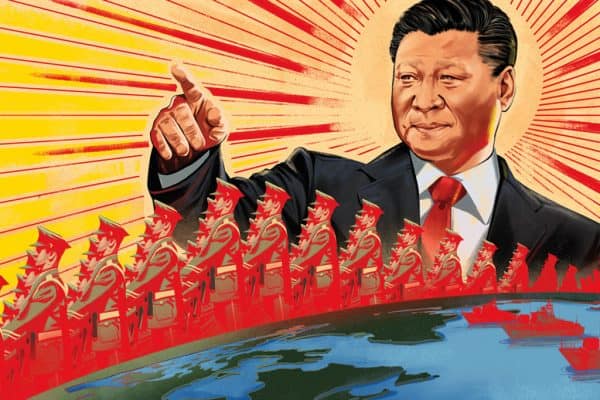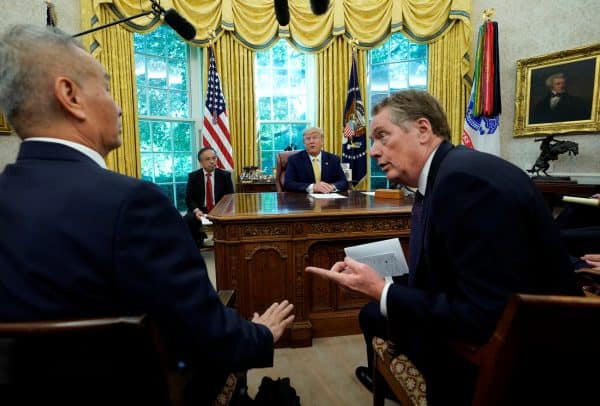China Ignoring The Obvious
As I think of China, it seems it was a short time ago when we had prominent politicians telling us that China was not our enemy.
Today, that statement seems to have been one of the most clueless utterances ever made. We know a different China today.
We know a China that has its Red Chinese Communist jackboots on the neck of Hong Kong, who murders its ethnic minorities, that runs re-education camps for dissidents before they even dissent, who steals a dozen atolls in the South China Sea and militarizes them, who lies about pandemic viruses they have let loose on the world, and who has cataloged their entire population in a brutal system that awards simple life benefits only to those who are helpful to and cooperative with the Communist regime whilst brutally punishing those who are not.
At the same time, we are on a sounder trade footing charging the Chinese billions in tariffs, beginning to repatriate strategic industries, and taking a more sober look at China in regard to their military footprint including Taiwan.
Interestingly, the Chinese are ordering, paying for, and receiving the largest agricultural orders in US-China history.



